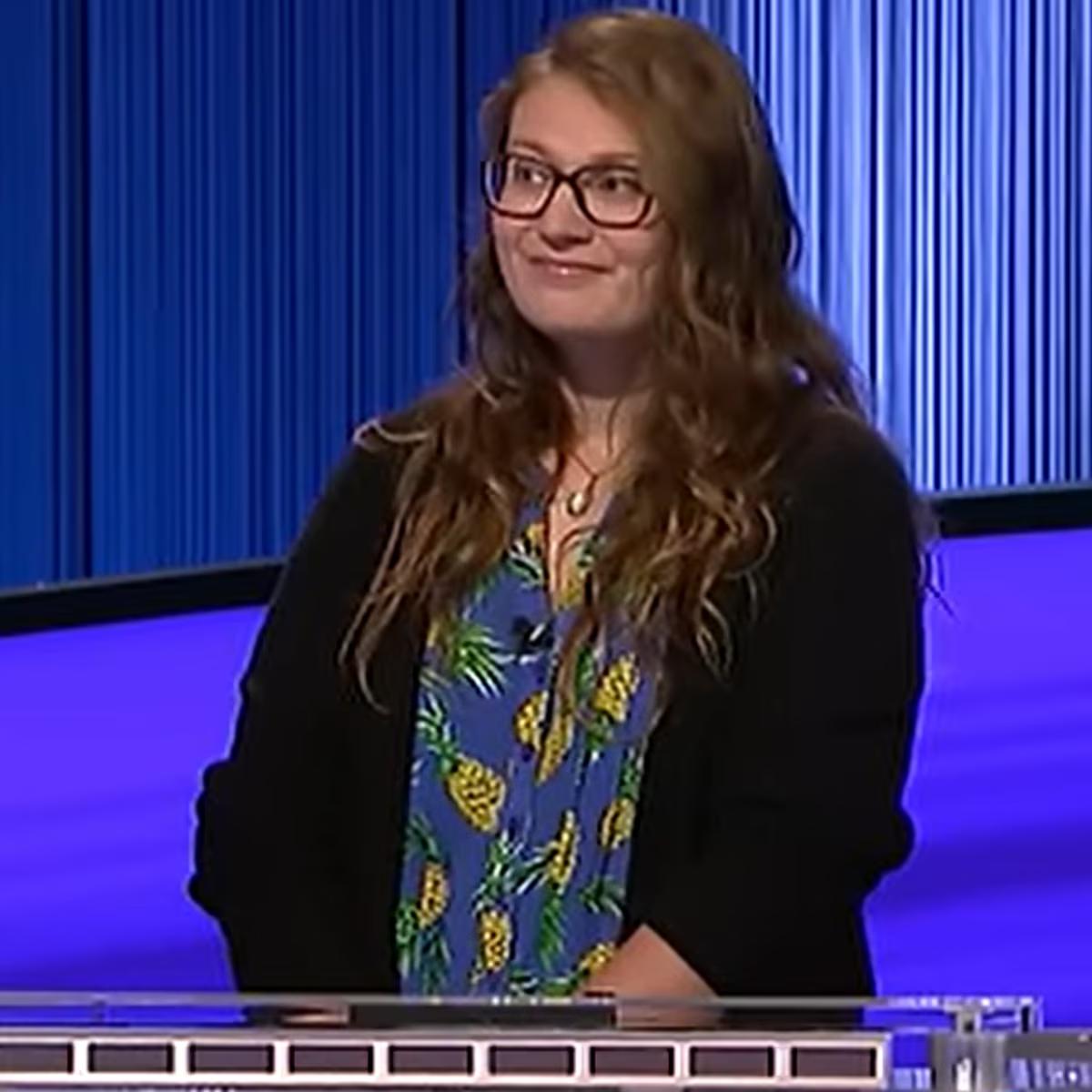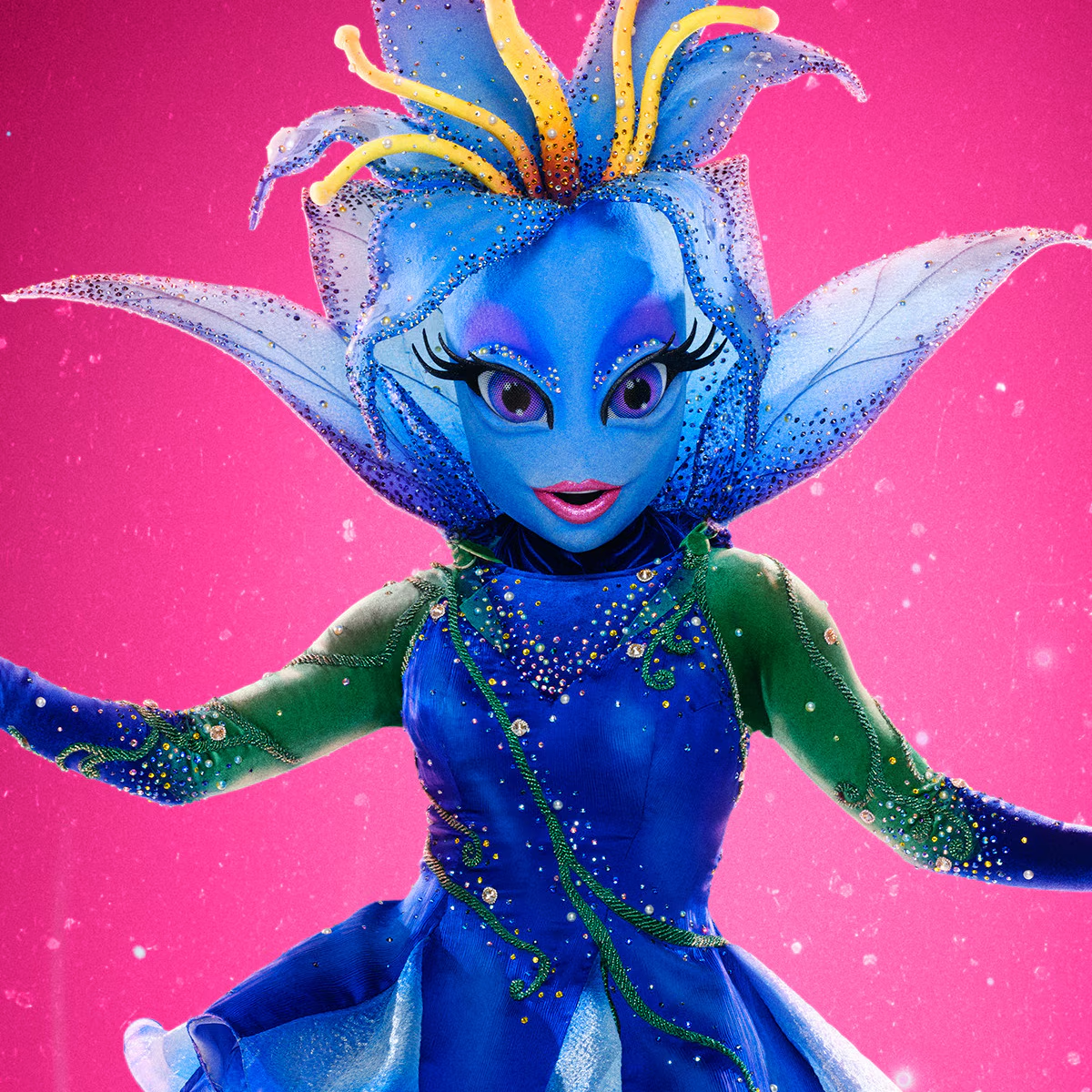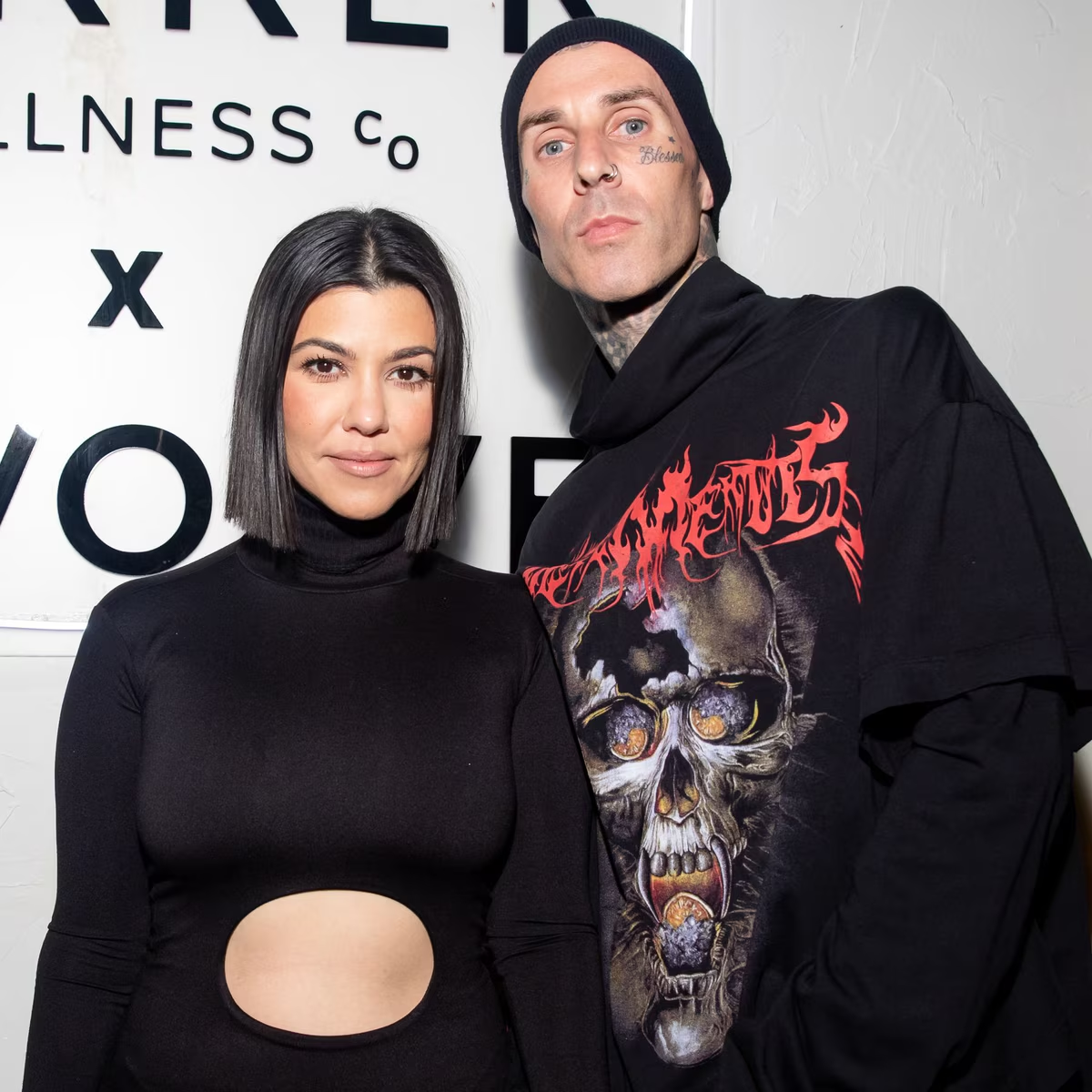A little boy falls in love with nature in 'Emile and the Field'
"There was a boy named Emile / who fell in love with a field," poet Kevin Young writes.
"It was wide and blue — and if you could have seen it / so would've you."
Emile and the Field is the story of a little boy who spends every season playing in a field by his house, whispering to the trees, playing in the leaves. Usually it's just Emile and his little black dog, and that's the way he likes it. In winter, though, Emile has to share his field when other kids come sledding, and it upsets him. Until his dad helps him understand that nature is for sharing.
"If we share, Emile's father said, who usually had an answer, and learn to take care, it means the field will be here forever," writes Young.
Young is also director of the Smithsonian's National Museum of African American History and Culture. He originally wrote Emile and the Field years ago as a bedtime poem for his son.
"I had written a few of these little Emile poems," he says. "A good what they call slant-rhyme, or off-rhyme, I think really speaks to how English can sound. And the beauty and the song in the sounds of speaking."
Young's son is a teenager now — and too old for bedtime stories — but this poem about Emile lives on, now as a children's book illustrated by Chioma Ebinama.
Emile and the Field is the first book that Ebinama illustrated — she's a fine artist living in Athens, Greece.
"I made sure that all of the images were lush and vibrant," Ebinama says. She wanted to reflect Emile's love of nature, so she used a sort of romantic palette of pinks, blues and sunny yellows. She wanted each page to feel like a piece of fine art, so she hand-painted the illustrations in watercolor.
For inspiration, Ebinama says she drew from a variety of influences, including Hayao Miyazaki films, Ezra Jack Keats illustrations, and "15th century medieval tapestries," just to name a few.
One scene, where Emile and his father hold hands and walk through the snow-covered field, is particularly reminiscent of The Snowy Day, Keats' 1962 children's book about Peter, an African American boy who explores his neighborhood after the season's first snowfall.
Ebinama says that was intentional — she learned to draw by copying illustrations from her favorite picture books as a kid. So when she needed to figure out how to draw the winter scenes in Emile and the Field, she turned to Keats for help.
"The winter scenes were actually the most challenging," she says. "Obviously it's winter so it's mostly white. And so I remember going back to look at those pages as a reference for like, How do I depict snow in a sort of stylized way that still goes with the rest of the palette of the book?"
And — as in Snowy Day — Ebinama drew the little boy in Emile and the Field as a Black child. Even though author and illustrator never discussed it explicitly, Young says the fact of Emile's blackness was very important to him.
"I loved seeing this little brown boy come to life," Young says. "That was really important to me that it was sort of unspoken, but also understood, that he could be this protagonist who loved nature and connected with nature, but that his Blackness would be assumed and part and parcel of who he was."
Emile and the Field is a family story for both the author and the illustrator — Ebinama, for example, drew her dog, Luna, into the story as the scruffy little dog that follows Emile around. She got Luna as a gift right when she was starting to illustrate this book.
"I was potty-training her at the same time I was drawing," Ebinama says.
And even though there is no dog in Young's original poem, Luna came in very handy.
"This being my first picture book, I was really concerned about how to make Emile look consistent when the locations were changing so much," Ebinama explains. "I was like, if we include this dog, then you know that the character on the page is Emile on every page."
"Obviously there was a kind of family quality to the book for me," says Young. He named the main character of his poems after his great-grandfather, Emile, a farmer who lived to be 103 years old. He says the story reminds him of running around his family's fields as a kid in Louisiana. And, of course, he wrote the poem when his son was the fictional Emile's age as a bedtime poem, to be read out loud and shared.
"There's nothing better, I think, than being read to or reading to someone," Young says. "It really connects you to this long story-telling tradition. And that's how poems are."
Kevin Young hopes this poem about Emile, now a children's book, becomes part of that tradition, as well.
Disclaimer: The copyright of this article belongs to the original author. Reposting this article is solely for the purpose of information dissemination and does not constitute any investment advice. If there is any infringement, please contact us immediately. We will make corrections or deletions as necessary. Thank you.







